Psychosomatics in veterinary medicine
Text: MVDr. Milena Martincová, Photo: photo banks

Psychosomatics is nowadays a recognized field of medicine, especially in human medicine, but also in veterinary medicine is becoming increasingly popular. This is also because, above all, chronic and internal diseases cannot be cured using conventional medication and Western medicine protocols alone, which is frustrating for both, animal owners and veterinary doctors. I believe that the link between the health of animals and the environment in which they live is more than obvious, as is the similarity of their diseases to those of their owners.
WHAT IS PSYCHOSOMATICS
In the strict sense of the word, it refers to the relationship between the mental world of an individual, i.e. emotions, feelings and inner state of mind, and his/her physical condition, the physical body. The transcription from the language of invisible energies into matter, which is actually also just a concentrated form of energy, and vice versa. In a broader sense, it is about a holistic approach to health and looking for all or as many pieces of the jigsaw puzzles as possible that have an impact on the resulting health. In both of these cases, the psychosomatic approach is more demanding in terms of time and willingness to engage with the patient’s individual story and requires, in addition to the necessary knowledge, patience, trust and cooperation between the therapist and the client.
A coincidence? “Chance is but a name for law not recognized.” (Hermes Trismegistos).
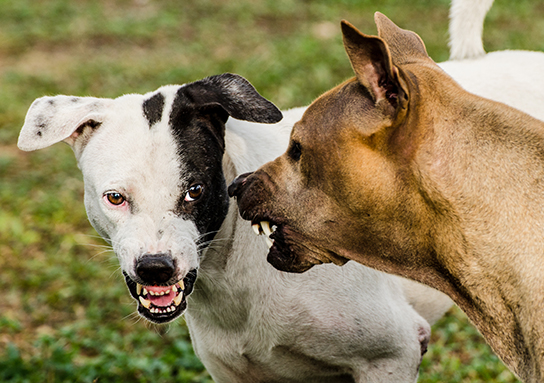
FOR WHOM IS PSYCHOSOMATICS SUITABLE
This therapeutic method is suitable for all who think holistically, take responsibility for their health and for the health of their animals and do not trust only powders, granules and universal recommendations. It will also find popularity in those clients who were not satisfied by the strictly Western approach and the so-called evidence-based medicine or these approaches did not lead to recovery and answers to questions about how to maintain health, how to regain it. Last but not least, it becomes a choice for those who believe that the disease does not come out of nowhere, but that it carries a certain message, and that it is a reflection of the disharmony within the patient.
“Ideally, psychosomatic thinking can be used to prevent disease at all. To capture even small imbalances in behaviour or symptoms while they are reversible, and to understand the change so that simple measures can be taken to bring the system back into balance.”
MVDr. Milena Martincová
MULTIDISCIPLINARY FIELD
What fields can we look into when taking a psychosomatic view of health and disease? It will certainly not surprise anyone that the essential one is medicine, i.e. knowledge of anatomy, physiology and pathophysiology, pharmacology, dietetics and other veterinary disciplines. However, there is no need to stay solely with the Western view. In many cases we can use knowledge of traditional Chinese medicine, acupuncture, phytotherapy, Ayurveda. Nowadays, modern and fortunately helpful methods for animals are physiotherapeutic methods. Less conventional and accessible is energetic medicine, Reiki, work with bioresonance, homeopathy and the real delicacy is the use of constellations and astrology.

SOCIAL CONTEXT
The animal is also affected by its social connections. Contact and relationships with other individuals of the same species, but also interspecies interactions. This is especially true for domestic animals, where the most powerful source of relationships is usually man, or the entire family system, the modern pack. An animal may suffer and become ill if it is not allowed to be an animal and if its natural needs, which were formed many generations before, are not respected. Also, if it does not live in a harmonious environment or has time to relax. If a horse or dog spends time in isolation, it may develop stereotypic behaviour; on the contrary, if a cat is forced to live in a large group of cats without its own space and peace, it may develop urinary problems, aggression or self-harm.
HOW DO EMOTION AFFECT ANIMAL HEALTH?
Animal emotions can be called primary or originating directly in the animal’s body. Typically, imagine aggression and fear in two fighting cats. Each animal is original and, in addition to its unique physical characteristics, has its own unique character and temperament. Some are more timid, others curious or joy itself. But then there are the secondary emotions. Secondary emotions are emotions originating somewhere outside the animal, but close enough and long enough and intense. In the case of pets, it is most often the emotions of their owners with whom the animal energy system resonates due to close coexistence, emotional attachment and also due to the ability of pets to somatise these energies – to mirror them on the physical level.
Author of the article
MVDr. Milena Martincová
A practicing veterinary doctor specialising in small animal internal medicine and a holistic approach to patients. She is a certified consultant, lecturer and expert guarantor of the Energy veterinary division.
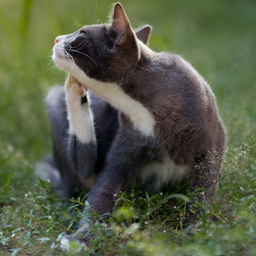
Tickvet
Tickvet is a natural veterinary product to repel bloodsucking insects, especially fleas and ticks.
Read the article
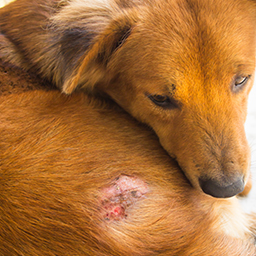
Imunovet and healing of open wounds
There are situations where it is not reasonable to put the dog under anesthesia to suture the laceration. Or situations where...
Read the article
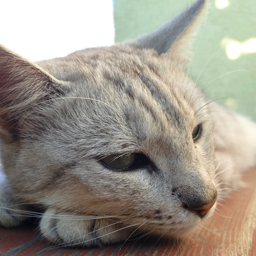
Hyperthyroidism of cats
Hyperthyroidism, or pathologically elevated thyroid function, is the second most common endocrinopathy in cats. The cause is usually...
Read the article
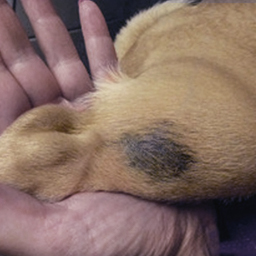
Patch after tick bite, coat renewal
The castor bean tick, Ixodes ricinus, is an arachnida known to belong to the Ixodidae family. We know...
Read the article
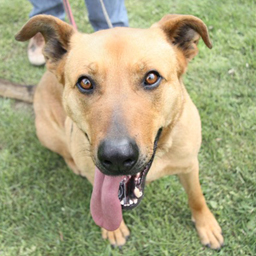
Dogs in Heat
IT’S SPRING... and with it female dogs being in heat. Or what to do with the male dog when the female dog is in heat?
Read the article
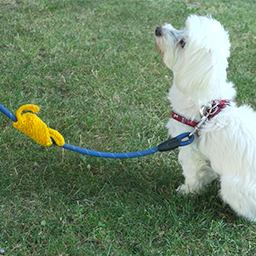
Yellow ribbon
A yellow bow or ribbon indicates a dog who, for a variety of reasons, needs to be given space.
Read the article
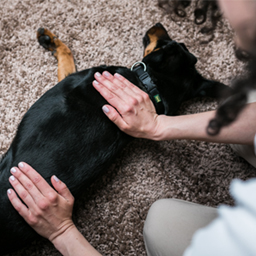
Touches that bring relief
When I first applied a butterfly massage to an animal, I believed in its power. Not by chance did I find ...
Read the article

Ticks
It is spring, it is getting warmer, and we need to think about protecting our four-legged friends from ticks. And since we will now be seeing more of ...
Read the article
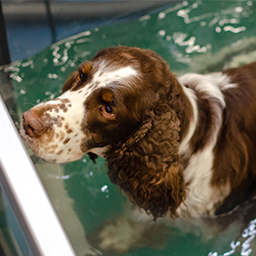
Aquatherapy / Hydrotherapy and Kingvet
Physiotherapy and rehabilitation for animals focuses on the diagnosis, treatment, and prevention of ...
Read the article
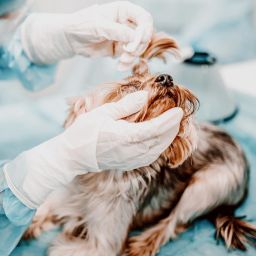
Eye examination in animals
The examination of animal eyes is very similar to the examination of human eyes and should be part of the basic examination, as general disease is associated with ocular involvement in many cases.
Read the article

Warts on puppies
Warts on young dogs are most often of infectious origin, caused by the papillomavirus. They are contagious to other dogs (not to other animal species or humans).
Read the article

Metamorphic technique for animals
The metamorphic technique, known as butterfly massage, is a gentle harmonizing technique that is applied to the spinal reflex zones on the feet, hands and head in humans.
Read the article
